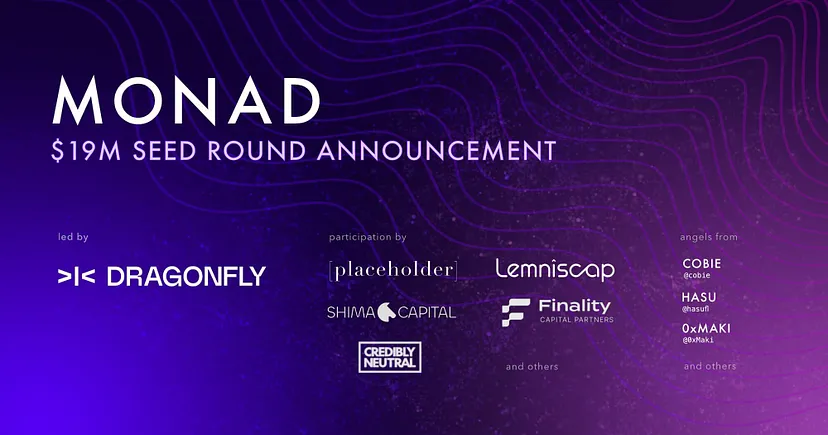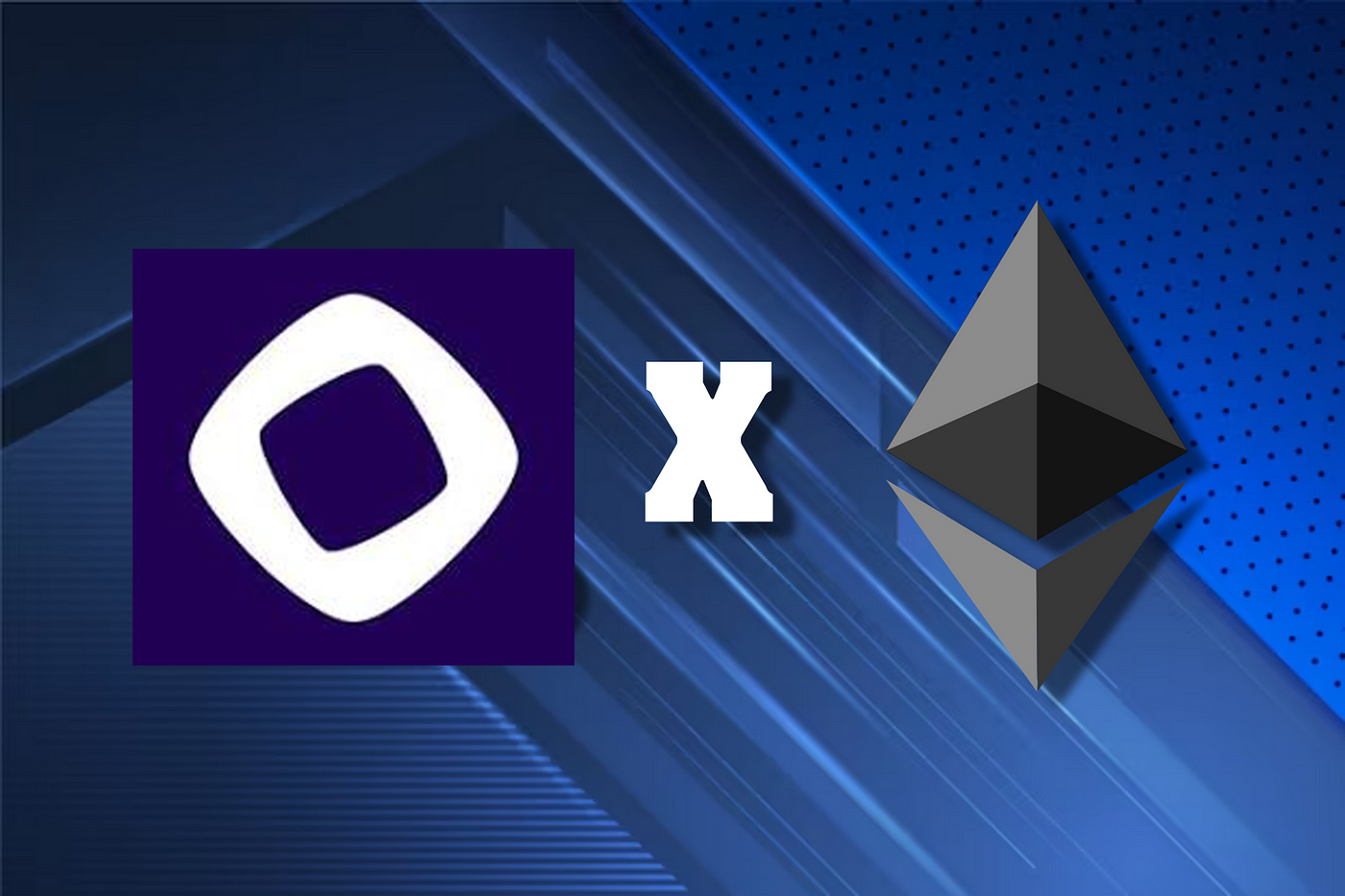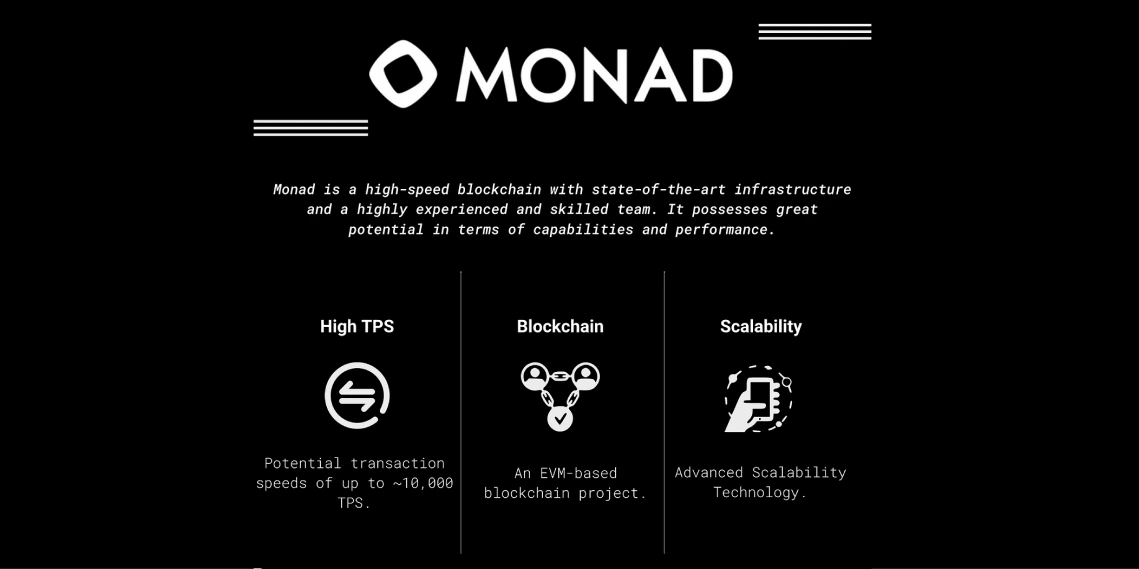Monad is a Layer 1 blockchain, which means it is the primary and fundamental layer of the blockchain. This layer includes the main protocols of the blockchain, such as how blocks are created, how transactions are verified, and how data is transferred on the network. Networks that use this layer are called Layer 1 networks or L1 networks. These networks are usually used for executing smart contracts and digital currency transactions, and use this layer to ensure security and trust in the network.

To expand on the discussion, Layer 1 in blockchain consists of protocols that are used to create a blockchain. These protocols include the block creation protocol, transaction verification protocol, and data transfer protocol on the network. The block creation protocol in blockchain works by first collecting transactions that have been performed within a specific time frame, and then connecting these transactions to a block using special algorithms. The new block is then added to the network, and the previous block is connected to the new block. The transaction verification protocol works by requiring each transaction to be verified by multiple nodes in the network before it can be added to the blockchain. These verifications are done using special algorithms that are highly secure and trustworthy. The data transfer protocol on the network works by transferring data between nodes in the network. This data can include transactions, blocks, and other data that are used to perform various operations on the blockchain.
What is meant by compatibility with Ethereum?
Ethereum-compatible blockchains are blockchains that have full compatibility with Ethereum protocols. In other words, these blockchains use Ethereum protocols to execute smart contracts and digital currency transactions, and can support transactions that are performed on the Ethereum network.
Ethereum-compatible blockchains usually use the Solidity smart contract language and can use Ethereum development tools such as Remix and Truffle to develop smart contracts and send transactions to the network. Additionally, Ethereum-compatible blockchains can use tokens that are compatible with the ERC-20 standard and store these tokens in wallets that are compatible with Ethereum.
The compatibility of the Monad network with the Ethereum virtual machine is important because it allows users to take advantage of the features available in the Ethereum ecosystem. With Ethereum compatibility, users can benefit from features such as smart contracts, ERC-20 tokens, and other features available in Ethereum.
In addition, Monad’s compatibility with Ethereum allows users to easily transfer programs that were previously developed for Ethereum to the Monad network and use them on the Monad network. This can be considered an important tool for attracting developers and new users to the Monad network. Overall, Monad’s compatibility with Ethereum can help develop and grow the blockchain ecosystem and provide users with the ability to take advantage of the features available in Ethereum and the Monad network.

Similarities of Two Different Blockchain Worlds?
Monad and Ethereum Layer 1 blockchains are similar in many aspects, as both use blockchain technology and have the ability to execute smart contracts and transfer digital tokens. However, there are some differences between Monad and Ethereum Layer 1 blockchains:
-
Transaction execution speed: Monad’s Layer 1 blockchain has a higher speed compared to Ethereum, with the ability to execute 10,000 transactions per second, while Ethereum can execute approximately 15 transactions per second.
-
Transaction confirmation time: Monad’s Layer 1 blockchain has a shorter confirmation time for transactions, with a confirmation time of 1 second, compared to Ethereum’s confirmation time of 15 to 20 seconds.
-
Smart contract language: Monad’s Layer 1 blockchain supports smart contract languages such as Solidity, which has been previously used in Ethereum.
-
Development tools: Monad’s Layer 1 blockchain supports development tools such as Remix and Truffle, which are also used for developing smart contract applications in Ethereum.

Compatibility with Ethereum RC
Full compatibility with Ethereum RPC means that the Monad network supports all the protocols and APIs designed for communication with the Ethereum Virtual Machine, including JSON-RPC, Web3 API, and IPC. This allows developers and users to use existing libraries and tools to connect to the Ethereum network and communicate with the Monad network using available APIs to send transactions, receive blockchain information, and execute smart contracts.
In addition, full compatibility with Ethereum RPC allows users to easily transfer applications previously developed for Ethereum to the Monad network and use them on the Monad network. This can be an important tool for attracting developers and new users to the Monad network.
The concept of TPS in Monad
TPS stands for “transactions per second” and refers to the number of transactions that a blockchain network can process and validate in each second. This is an important measure used to evaluate the capacity and efficiency of a blockchain network. For example, a network with a TPS of 10,000 can process and validate 10,000 transactions in each second. Increasing the TPS can significantly improve the performance and speed of a blockchain network.
In a blockchain, each transaction must be validated by the network’s nodes to be recognized. After the validation, the transaction is permanently stored in the blockchain and cannot be altered. Therefore, TPS refers to the number of transactions that a blockchain network can process in each second. For example, suppose a blockchain network has a TPS of 10, which means it can process 10 transactions per second. This means that if more than 10 transactions are sent to the network in one second, some of them will have to wait in the queue to be processed in future times.
Increasing TPS can improve the efficiency and speed of a blockchain network, but it should be noted that increasing TPS may reduce the security of the network. This is because with an increase in the number of transactions processed per second, the likelihood of network attacks such as 51% attacks increases. For this reason, optimizing TPS should be accompanied by maintaining the security of the network.
Results
-
MonadBFT is a consensus mechanism used in blockchain to achieve consensus on the order of transactions.
-
Monad is a high-performance blockchain with full compatibility with Ethereum, including 10,000 TPS, 1-second block time, and 1-second finality.
-
L1 refers to the main layer of a blockchain network, which includes the main protocols for block creation, transaction validation, and data transfer.
-
Ethereum compatible blockchains are fully compatible with Ethereum protocols and can execute smart contracts and digital currency transactions.
-
Monad differs from Ethereum in terms of transaction execution and confirmation time, support for the Solidity smart contract language, and development tools such as Remix and Truffle.
-
Full compatibility of Monad with Ethereum RPC means supporting all protocols and APIs for communicating with the Ethereum virtual machine.
-
TPS refers to the number of transactions that a blockchain network can process per second, which provides improved network performance and speed but should be accompanied by maintaining the security of the network.